Android Central Verdict
What do you get when you combine an affordable price tag with incredible performance and some pretty great accessories? I don't want to say the OnePlus Pad 2 is a "flagship killer," but it definitely gives me those kind of vibes. Especially considering that Samsung dropped the smallest model from its Galaxy Tab S10 lineup. However, in order to meet the lower price point, this comes at the cost of a few features that you might have expected.
Pros
- +
Flagship performance at an affordable price
- +
Despite not being OLED, the 3K LCD display is still crisp
- +
Open Canvas is fantastic
Cons
- -
No fingerprint scanner
- -
No microSD card slot
- -
Lacking a haptic engine
- -
Some features aren't available yet
Why you can trust Android Central
For a long time, Samsung and Apple have dominated the tablet market, with a bit of Lenovo and Amazon's Fire Tab sprinkled in on the lower end. However, over the past couple of years, we've seen new options arrive, aiming to put a bit of pressure on the incumbents.
Last year marked the first time that OnePlus got into the mix, as it introduced the OnePlus Pad. It combines a sleek and premium design with a gorgeous 144Hz display. Unfortunately, the software didn't really hit the mark, falling a bit short of our expectations.
Fast forward to now and the OnePlus Pad 2 is here, hoping to fix those pesky software quirks, while also implementing some rather unique features.
OnePlus Pad 2: Price and availability

The OnePlus Pad 2 launched on July 16, 2024 at an event hosted in Milan, Italy. It was announced alongside other OnePlus devices, including the Nord 4, Nord Buds 3 Pro, and Watch 2R. The tablet officially went on sale on July 30, with a retail price of $549.
OnePlus also released several accessories for the Pad 2. These include the new Smart Keyboard, priced at $150, the Folio Case 2 for $40, and the Stylo 2 for $100.
OnePlus Pad 2: Design and display

If you've previously checked out the original OnePlus Pad, then the design of the OnePlus Pad 2 should look right at home. It's clear that OnePlus didn't feel the need to do much in the way of changing up the design. The biggest difference is the introduction of a larger screen, as the Pad 2 relies on a 12.1-inch screen, up from the 11.6-inch display of its predecessor.
Those hoping to see OnePlus move to an OLED panel with the Pad 2 will be slightly disappointed. I say "slightly" because even though this is an IPS LCD panel, it does pack a punch with its 3K resolution. Although the colors aren't quite as punch as the Galaxy Tab S10 Ultra, the OnePlus Pad 2 does look better than my docked Pixel Tablet.
Get the latest news from Android Central, your trusted companion in the world of Android
It's worth pointing out that while some might be disappointed in the decision to use an LCD panel, that won't be the case for everyone. As my colleague, Nick Sutrich, has detailed on numerous occasions, OLED displays are more prone to affect those suffering from PWM. Because of that, he's unable to use many devices with OLED displays, whereas the OnePlus Pad 2 might be the perfect tablet.
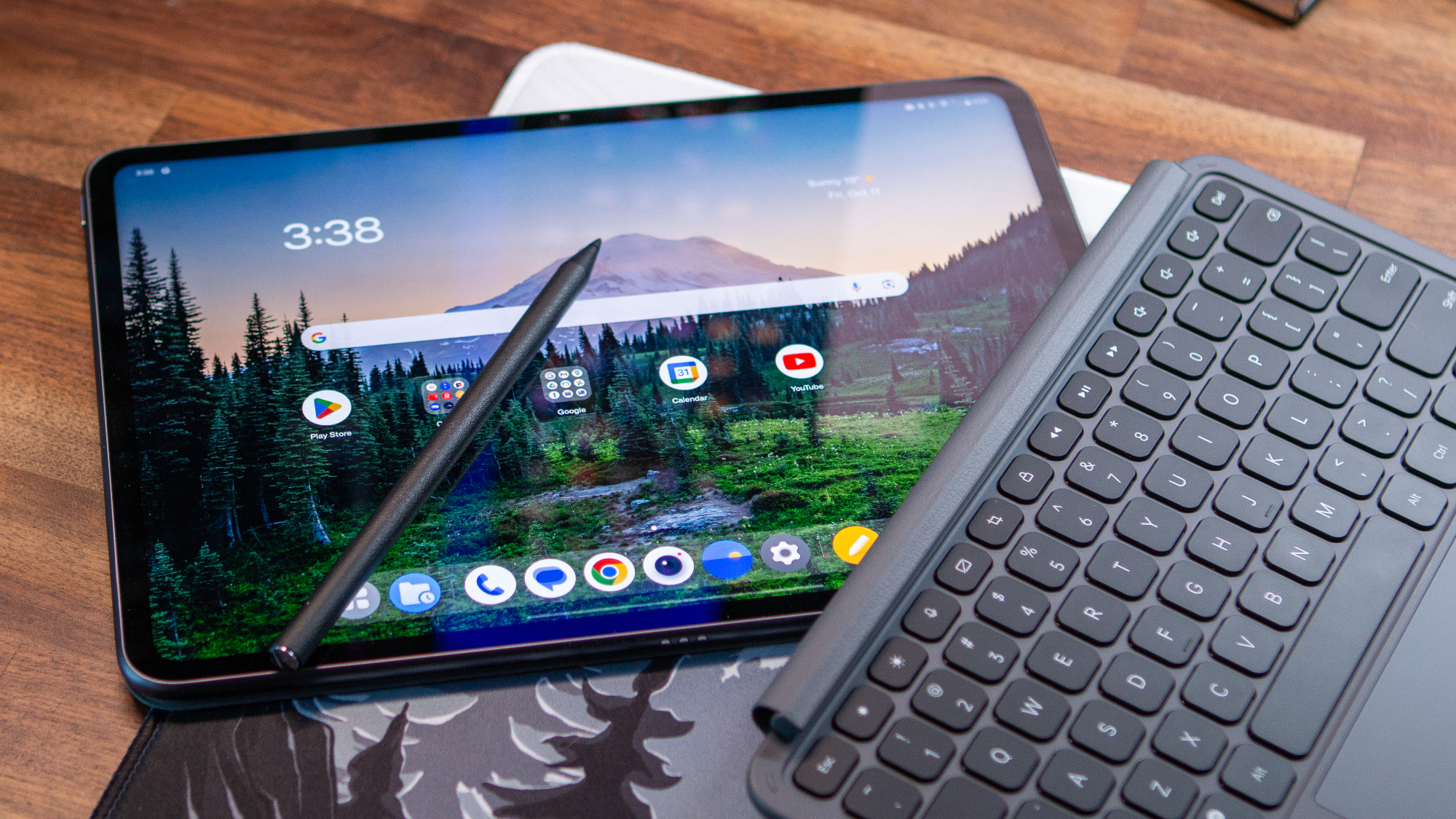
Speaking of which, the Pad 2 does have another advantage here, as the display offers up to a 144Hz refresh rate. This edges out the Tab S9 Ultra's 120Hz panel, while absolutely blowing past the Pixel Tablet, which is stuck at 60Hz. As you might suspect, we have a bit of customization on this front, allowing you to stick to 60Hz, bump it up to 144Hz, or let the tablet pick for you with Auto Select.
As for the rest of the design, there's really not too much to write home about. On the back, you'll find a similar camera hump to the one from the original OnePlus Pad, housing a 13MP lens. Besides that, we have a total of six speakers, four of which are on the bottom (or right), with the other two found on the top (or left).
It's clear that OnePlus expects people to use this tablet in landscape orientation, as the 8MP selfie camera is buried in the bezel between the screen and frame. At the top, there's a flattened area where the new Stylo 2 can be stowed when not in use, which will also ensure that it's always charged and ready to go. While on the other side, there's a trio of pogo pins where the Smart Keyboard cover connects.
All-in-all, OnePlus did a solid job with the design, as there are only so many ways to design a slab of glass and metal. If there was anything I would complain about, it would be the need for more color options. Currently, the Pad 2 is only available in a "Nimbus Gray." Instead, I would've preferred to see a color option similar to the "Emerald Dusk" of the OnePlus Open.
OnePlus Pad 2: Performance and battery
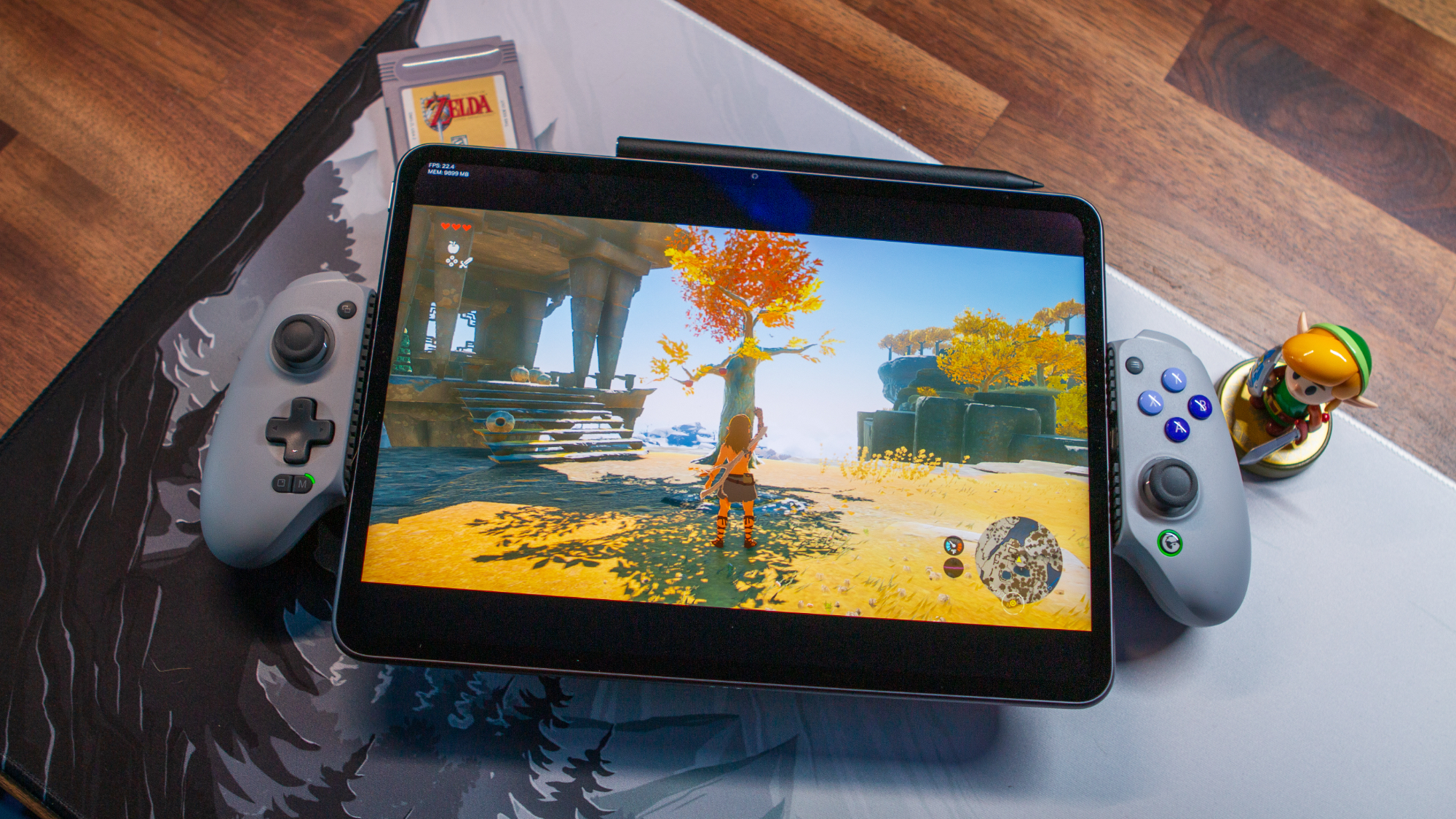
Rather surprisingly, the only other tablet to be released with the Snapdragon 8 Gen 3 has been Redmagic's Nova Gaming Tablet. So if gaming isn't your forte but you want a powerful tablet, the OnePlus Pad 2 is the way to go, offering quite an impressive boost in terms of performance. Previously, OnePlus relied on the MediaTek Dimensity 9000 SoC, which was a solid choice, but it still fell behind the Snapdragon 8 Gen 2.
Paired with 12GB of RAM and 256GB of storage, this immediately makes the OnePlus Pad 2 one of the best Android tablets in sheer performance alone. In the time that I've spent with the Pad 2, I haven't really run into any issues in that regard.
Along with just using the tablet as a tablet, one of the things I like to use for benchmarking is seeing how well a device can handle Switch emulation. However, that's not really a "one-size-fits-all" approach for every device, so I also decided to run a few benchmarks. This includes Geekbench 6 along with 3DMark's Wild Life and Wild Life Extreme tests.
One thing that I had forgotten about is that OnePlus implements a "High-Performance Mode" into many of its devices. After rediscovering and turning on this mode, I re-ran the benchmarks and came away a bit surprised. For one, the standard "3D Mark Wild Life Stress Test" only lasted a few seconds before displaying "Maxed Out" results.
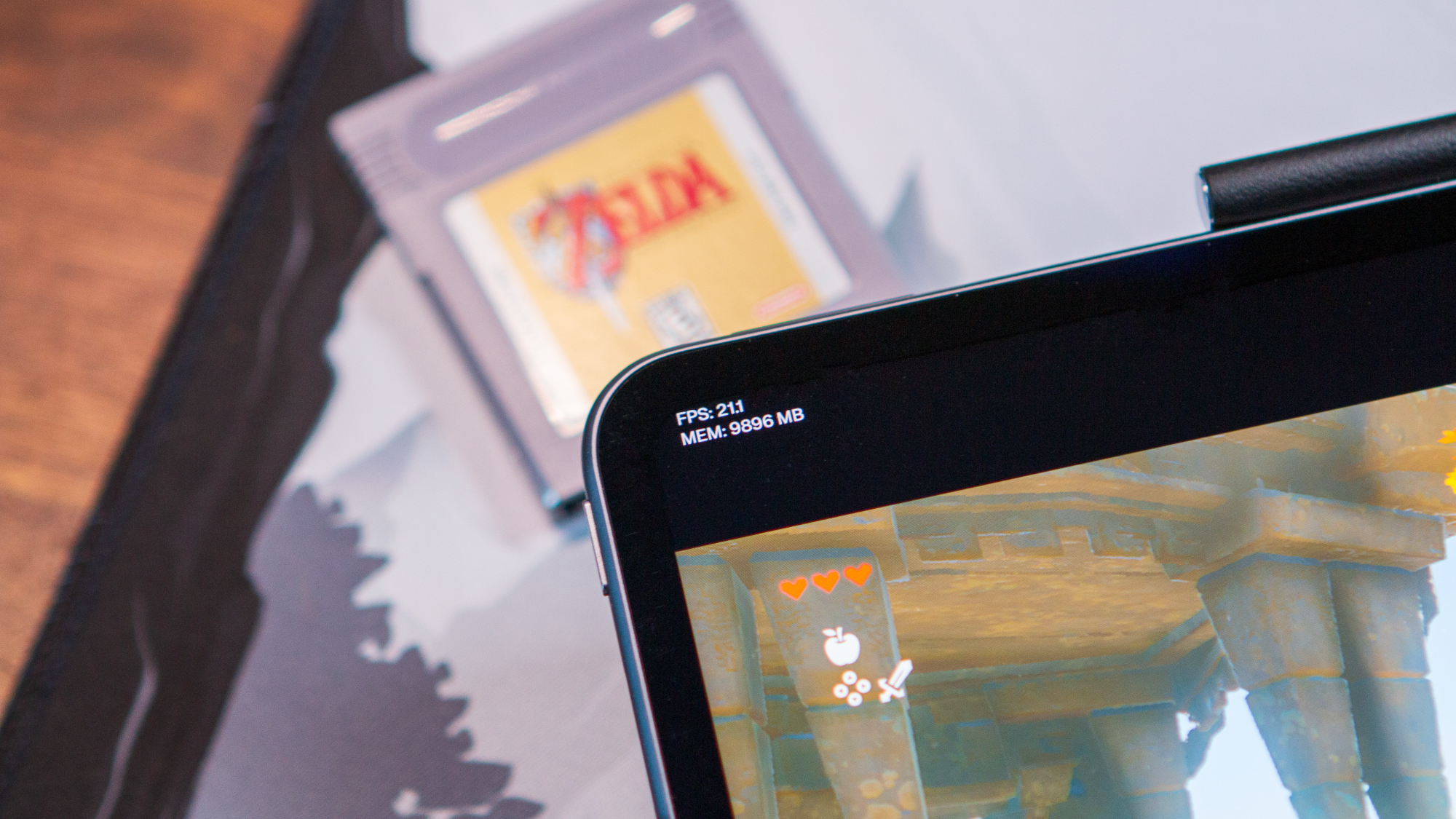
I also noticed that playing Tears of the Kingdom with the Pad 2 connected to a GameSir Galileo G8 controller resulted in much more stable frame rates. Instead of hovering between 15-25 fps with obvious graphical glitches, Tears of the Kingdom stayed at 20-30 fps with no artifacts or glitches. It doesn't play flawlessly, but if you want to play more intensive games, you'll want to enable the High Performance Mode.
The biggest downside to keeping this enabled is that the battery will drain a bit faster than if it were turned off. Even still, the OnePlus Pad 2 continued to impress during my testing, especially in the standby time. Every time I reached for the tablet, it still had some juice left in the tank.
And as I'm writing this review from the Pad 2, I started with about 85%, and the battery is currently sitting at 56%. Mind you, that's over the course of about two hours, with the display not timing out, while also using Open Canvas, switching between apps, with both the Smart Keyboard and Stylo 2 attached.
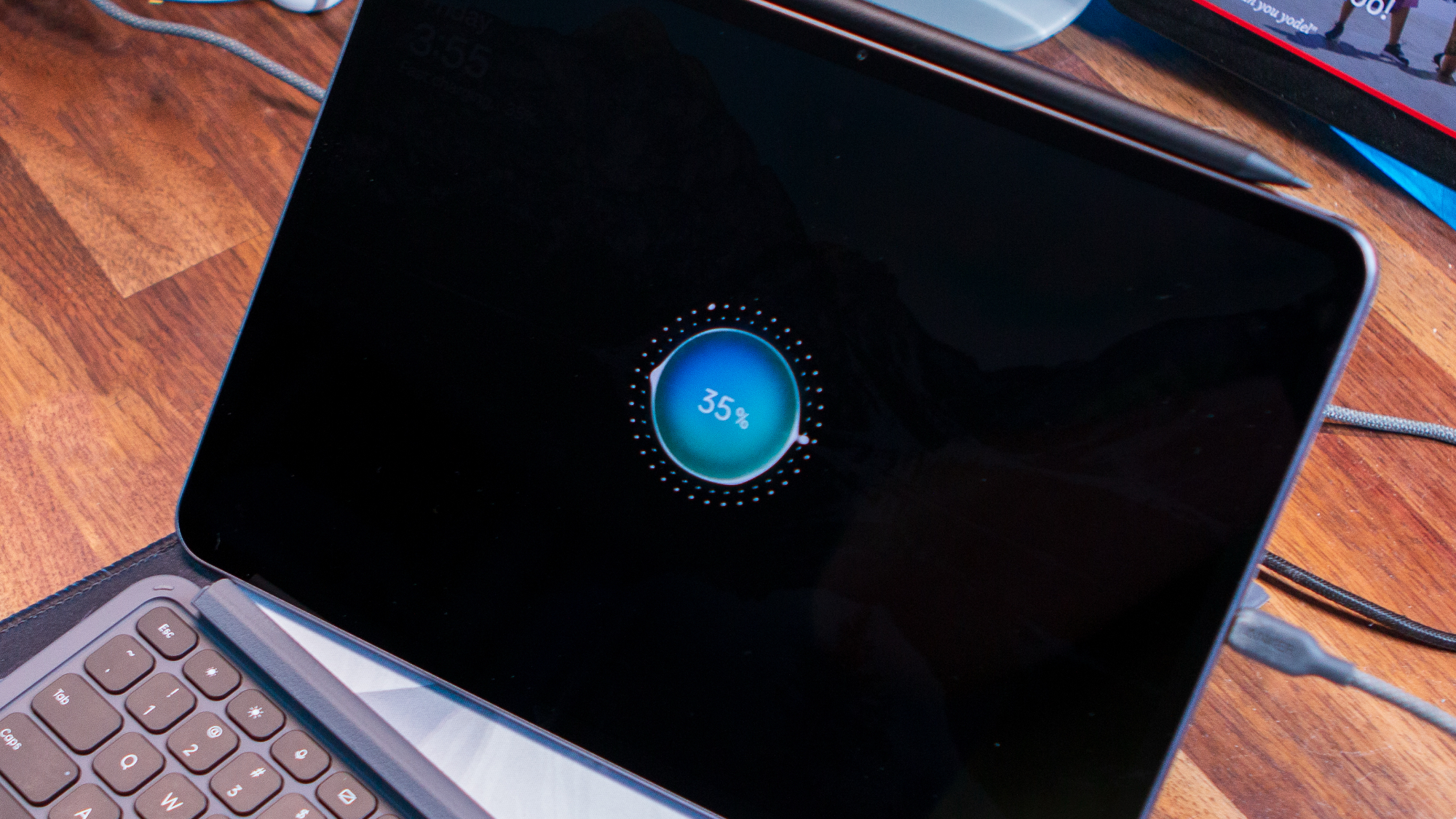
Thankfully, battery life is one of those things that I don't feel the need to be overly concerned about with the OnePlus Pad 2. Even when the juice has been fully squeezed, we have 67W charging speeds courtesy of SuperVOOC charging. OnePlus claims that it takes almost an hour and a half to go from 0-100%, and as long as you have a compatible charging brick, you're good to go.
That's really the only catch here, as while OnePlus includes a USB-A to USB-C cable in the box, that's all you'll find. Unfortunately, the company has adopted the tradition of not including a charger in the box. Instead, you'll have to come out of pocket for a fast-charging brick, provided that you don't already have one.
OnePlus Pad 2: Accessories

With a new tablet that also comes with a larger design, this gave OnePlus the opportunity to release a few new accessories. This includes a redesigned Smart Keyboard, in addition to the OnePlus Stylo 2. As is the case with the charging brick, OnePlus does not include any additional accessories in the box, meaning that you'll be looking at spending another $250 to get the keyboard and stylus.
Admittedly, I was surprised to see OnePlus move away from iPad-like keyboard design, which made the OnePlus Pad "float" above the keyboard. However, it didn't take long for my opinion to change, as this isn't just another boring keyboard attachment.
It seems as though OnePlus took a page out of Microsoft's playbook, as the new Surface Pro Flex Keyboard can be used attached, or detached, from the Surface Pro 11. This is the same premise found with the OnePlus Pad Smart Keyboard, as it attaches to the bottom of the Pad 2 via pogo pins.
However, if you remove the connection, the Pad 2 and Smart Keyboard will stay connected, effectively working as a Bluetooth keyboard. As I recently picked up the Surface Pro 11 and Flex Keyboard for myself, I can't tell you how much I love this idea and am excited to see it come to the OnePlus Pad 2.

I don't know whether it's actually as practical as I like to think, but there's definitely something to be said about the convenience. OnePlus even thought about the "flexible ribbon" between the tablet and keyboard, as you can just fold it up and the ribbon won't get in the way.
This brings us to my biggest gripe about the keyboard, as I'm just not a fan of how flimsy this flexible ribbon is when attached to the tablet. When I'm using the Pad 2 and Smart Keyboard in my lap, everything just shifts and moves around too much for my liking. As a result, I'll either just take the keyboard off and prop up the screen with my legs stretched out, or I'll just ditch the keyboard and work directly from the tablet.
Something else I would've liked to see is for OnePlus to take Microsoft's approach to how the ribbon attaches to the top of the keyboard. Currently, it rolls upward, with the pogo pins facing you, and stays in place thanks to the built-in magnets. However, I would've much preferred for it to be able to roll in the opposite direction, putting a bit of a slope on the keyboard for better ergonomics when the two are separated.
That being said, if there's one thing I do love, it's a big trackpad, and OnePlus doesn't disappoint. It's large enough that I don't feel like I'm using a child's toy, but not too large that I have to deal with my palms accidentally tapping and moving the cursor around. It also offers a satisfying click, one of which is much better than what you'll find from Samsung's Book Cover Keyboard, and it's even better than many Chromebooks.

There are a couple of other tricks that OnePlus tossed into its Smart Keyboard. The first of which is that there's a dedicated AI key, sandwiched between the Search and Alt keys. Currently, this only serves as a way to summon Google Assistant or Gemini, but OnePlus has bigger plans down the road. More AI features are on the way, as the company claims software updates are coming later this year to add new functionality.
Arguably the more exciting feature is found on the right side of the keyboard, on the palm rest. This is where you'll find a not-so-subtle NFC logo, as the Smart Keyboard has built-in NFC capabilities. Provided that you're also using a OnePlus phone, this will let you quickly and easily connect the two devices.
In doing so, you're able to send files back and forth, and can even mirror the screen from your phone to your tablet. Think of it like having Phone Hub on your Chromebook, but between the OnePlus Pad 2 and a OnePlus phone.

Switching gears over to the Stylo 2, I couldn't be happier to see that OnePlus offers a stylus, even if it doesn't come in the box. This is one area where Samsung still has an advantage, seeing as the company includes an S Pen with many of its Galaxy Tab devices.
Nevertheless, the Stylo 2 is an excellent companion to the OnePlus Pad 2, and I'd argue that it's a must-buy even if you decide against getting the Smart Keyboard. For one, it's pressure-sensitive, making it great for artists who want to apply different strokes when using the Pad 2 to draw.
Since I'm not much of an artist, the more important feature to me is the subtle feedback I get when jotting down notes. I would probably even go so far as to say that it's almost on par with using an Apple Pencil on an iPad, and is better than what you get with the Galaxy Tab and an S Pen.

Something else that I'm a big fan of is that the Stylo 2 is more comfortable to actually use. One of my complaints with the S Pen is that the ultra-slim design just isn't great for someone with meaty paws. My hands end up cramping after just a few minutes, a problem that I've yet to run into with the Stylo 2.
OnePlus also did the smart thing here as I can just attach the Stylo 2 to the top of the Pad 2 when I'm not using it. Not only does it provide peace of mind that I didn't leave it behind, but I'll never have to worry about the battery running out either. It's nice to see more and more tablets adopt this functionality, as it's one less thing I have to worry about keeping charged.
OnePlus Pad 2: Software

If you used a OnePlus phone from the past few years, then you'll feel right at home with the OnePlus Pad 2. The tablet ships with OxygenOS 14.1, which is unsurprisingly based on Android 14. In my time with the Pad 2, I've already received a few updates, mainly focused on bug fixes, but it's still been nice to see.
With that in mind, you'll get the same experience here as you would on the OnePlus 12 or OnePlus Open. There are a boatload of options in the Settings app, but the star of the show is Open Canvas, which first debuted on the OnePlus Open.
This is a completely different approach to multitasking compared to what you'll find on the Galaxy Tab S10 series and other Android tablets. Instead of splitting the screen and resizing windows, you can have three full-screen apps running at the same time.
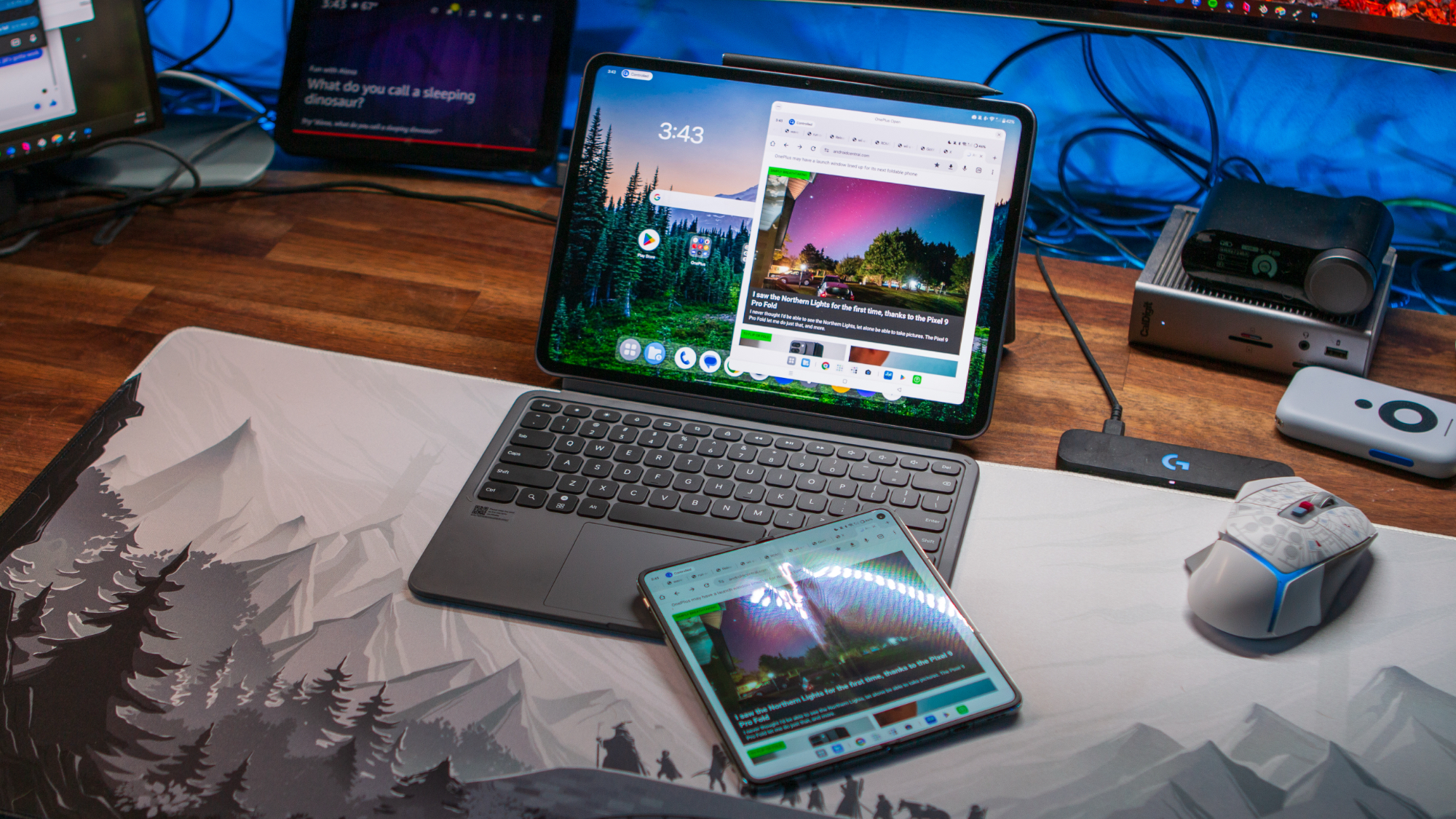
The benefit of this is that you don't have to worry about apps not working properly, or having content cut off for the sake of adding more apps to the screen. However, Open Canvas does let you do that, showing three apps at the same time, if you really want to.
Although it's not exactly revolutionary, there's something to be said about OnePlus thinking outside of the box to bring something unique to its tablet. When you have a big screen in front of you, it makes sense that you want to take advantage of the screen real estate, and Open Canvas lets you do just that.
OnePlus Pad 2: The competition

When looking at the current landscape of tablets, the OnePlus Pad 2 is kind of an anomaly. In terms of power, the closest competition is the Galaxy Tab S9, which relies on Qualcomm's Snapdragon 8 Gen 2. The Tab S9 does gain an advantage by featuring an AMOLED display, as opposed to the LCD panel on the Pad 2. However, you'll also pay at least $200 more for the Tab S9, which is quite a steep price to pay, even with the benefits Samsung tablets have to offer.
Then, there's the Pixel Tablet, which is either the same price or only $100 cheaper than the Pad 2, depending on whether you want the Charging Speaker Dock or not. There's also a matter of performance, as the Tensor G2 just doesn't match up to the best Snapdragon processors, let alone the Snapdragon 8 Gen 3. And while it's great that you can use a USI stylus with the Pixel Tablet, you'll be relying on third-party solutions for that and a keyboard.
I'd argue the stiffest competition to the OnePlus Pad 2 comes from Apple, with the iPad (10th Generation). Despite being powered by an outdated chipset, the A14 Bionic, it's no secret that Apple excels when it comes to optimization. Not to mention that the iPad costs $150 less than the Pad 2. And if you want a tablet with a bit more power, the 11-inch iPad Air features Apple's M2 chip and is only $100 more than the OnePlus Pad 2.
OnePlus Pad 2: Should you buy it?
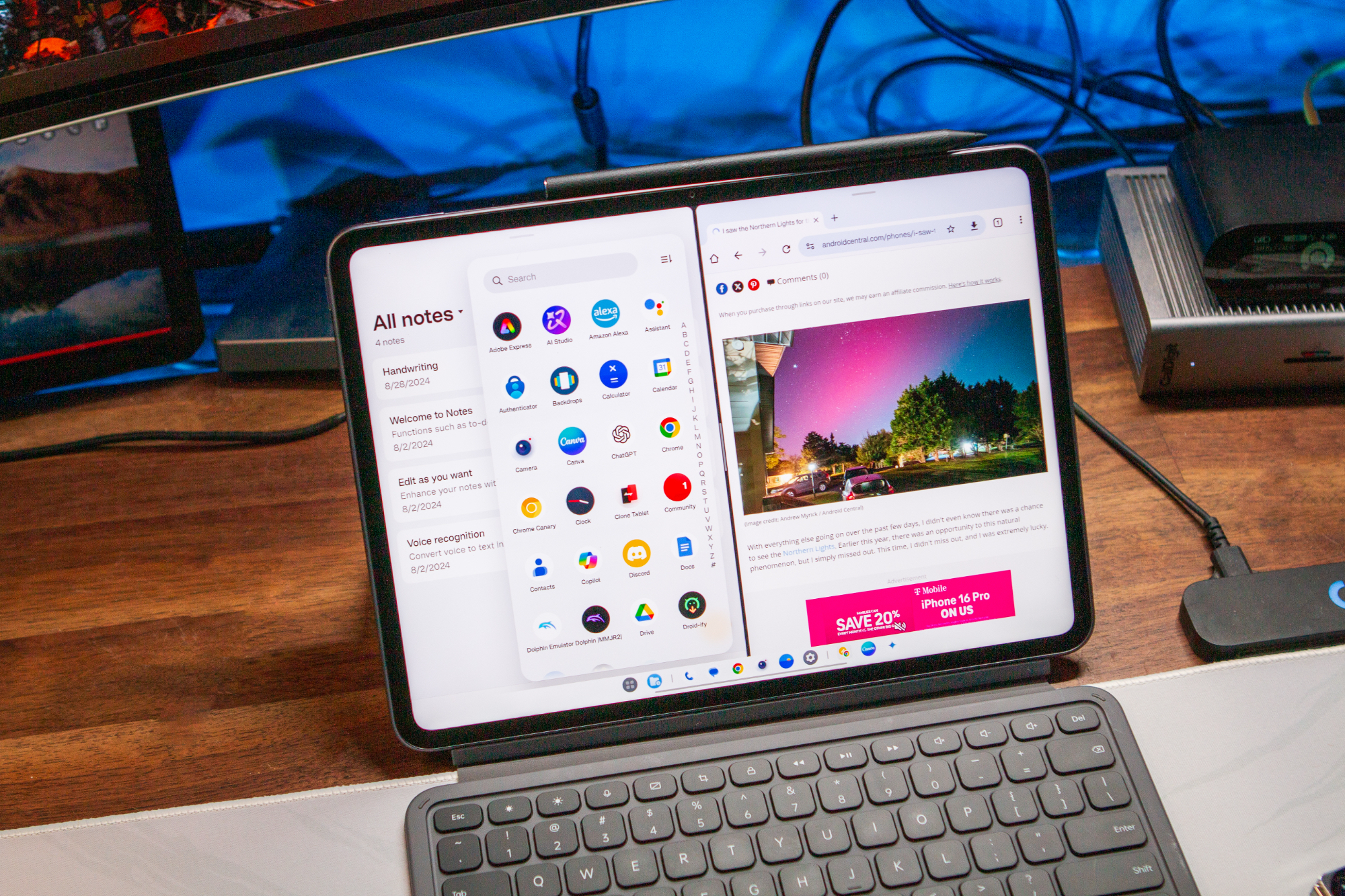
You should buy this if...
- You want the most powerful Android tablet.
- You already have a OnePlus phone and want to enjoy the ecosystem.
- You don't want to spend an arm and a leg for a performant tablet.
You shouldn't buy this if...
- You want a tablet with expandable storage.
- You need (or want) better biometrics.
The biggest appeal of the OnePlus Pad 2 is its price, retailing at $549, but can regularly be found for less. With that, you get a 12.1-inch screen, the latest Qualcomm Snapdragon chipset, and pretty great battery life. Not to mention the various features that enhance the experience if you already have a OnePlus phone.
This is the tablet that I had hoped to see last year, but I'm happy to see OnePlus deliver the second time around. It gives me hope that people can realize that you don't need to spend more than $500 on a good Android tablet. In turn, hopefully, we'll see even more options hit the market.

Powerful AND affordable
The OnePlus Pad 2 offers something didn't expect, as it's powered by the latest Qualcomm processor, but doesn't cost an arm and a leg. There are a couple of sacrifices to be made, but OnePlus attempts to make up for those with a few unique features.

Andrew Myrick is a Senior Editor at Android Central. He enjoys everything to do with technology, including tablets, smartphones, and everything in between. Perhaps his favorite past-time is collecting different headphones, even if they all end up in the same drawer.
You must confirm your public display name before commenting
Please logout and then login again, you will then be prompted to enter your display name.

